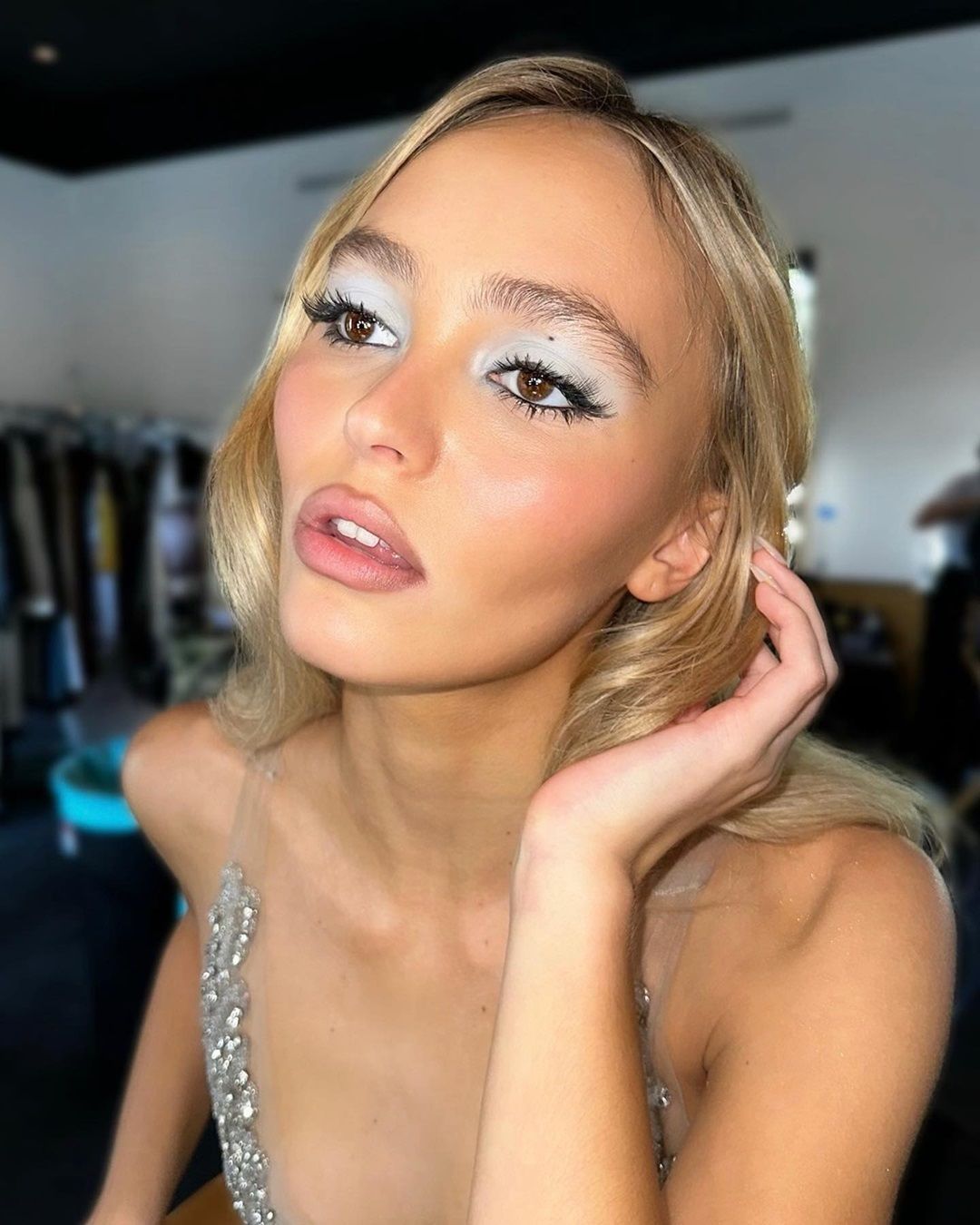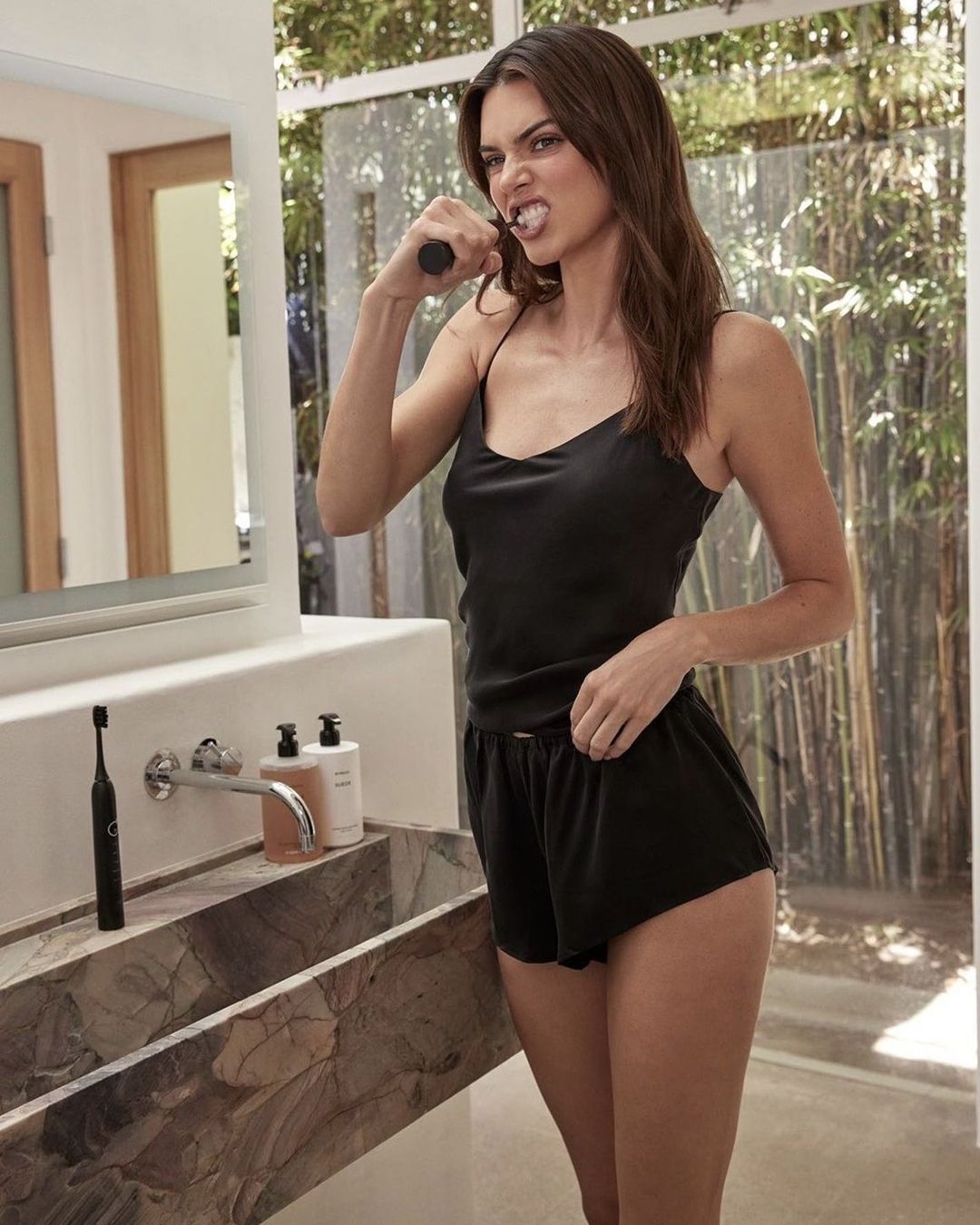
We can't resist beauty trends The reasons? FOMO and the desire to belong have something to do with it
Girlhood Core, Cherry Cola Lips, Strawberry Girl, Latte Make-up, Skinmalism, Soap Nails, raise your hand if you haven't tried at least once this kind of make-up and aesthetics, carefully following the video tutorials of influencers and celebrities. Sooner or later, we've all fallen for it. We've succumbed to the charm of a glazed complexion, minimalist manicure, or Dewy Eyelids, playing with eyeshadows, creams, lipsticks, and brushes to recreate the desired effect. Nothing wrong with that. After all, trends have always come and gone, especially in the realm of beauty. Probably since Cleopatra and the Ancient Egyptians adorned their eyes with black kohl. The difference from the times of the first make-up in history is that in recent years, thanks to social media, the pace at which trends emerge, die, resurrect, and evolve has become as frenetic as a wild splinter. Yet, we continue to chase them, adapting our makeup bag and appearance to every new core on the horizon. Why? One of the main factors seems to be the FOMO.
The unbearable weight of Fear Of Missing Out
Every day there's the launch of a new product, a new social media campaign, a new trend to follow, and most of us are there, ready to experiment and embrace the manicure or hairstyle of the moment. We often do it even when that look doesn't entirely convince us or doesn't suit our personal style. It's not just about appearing more conventionally desirable by opting for a popular aesthetic or demonstrating that we're always up-to-date and in tune with the times because we wear lipstick just like Kylie Jenner and Hailey Bieber. A fundamental role in the compulsion of trends is played by FOMO or Fear Of Missing Out, that is, the fear of being cut off from social situations, of missing out on something important or enjoyable that other people are experiencing or, at least, flaunting online. Haven't we ever experienced the wonders of Skin Icing? Don't know how to do the Frosty makeup that Lily-Rose Depp likes? Well then, we might feel a mix of anxiety and a sense of guilt for not showcasing that unmissable trend.
The desire for belonging also passes through beauty trends
Behind every Clean Girl and Diamond lips is a desperate desire to be part of something, to feel connected, to have a community to relate to and share something with, even if only virtually. "Humans are predisposed to seek new things," explains Taryn Thrasher, a psychology professor at California State University, Long Beach, "It activates reward centers in our brain, so when there's a new trend, there's not only the opportunity to cultivate a sense of belonging, but there's also a neurochemical reward for receiving appreciation from other community members once the fashion is successfully replicated. Validation from others reinforces participation in trends and contributes to the virality cycle we see in social media today." Every trend satisfies our desire for something new and, at the same time, motivates us to experiment, allowing us to adapt to others who think the same way. Among remedies for dark circles or acne, tips on applying blush and viral lipsticks, there lies acceptance, belonging, a sense of community, human connection, and an escape from loneliness. In short, tell me what trend you're trying, and you'll have found your place in the world. Or at least, someone to recognize yourself in, talk to, and feel part of.
Not just community and inclusion
Seen in this light, the plethora of beauty trends that renew every five minutes seems almost functional, desirable, and even cathartic. But not everything that glitters is gold. On one hand, sharing love for blue eyeshadow allows us to receive positive affirmations from our digital circles, awakening a sense of general solidarity and reinforcing a positive self-image. On the other hand, it gives us a false perception of inclusion and socialization. Just think about TikTok's For You. Often when you search for a trend, you have to scroll for a while before seeing a woman who doesn't reflect Eurocentric beauty standards. Not to mention that beauty communities are closely tied to consumerism and the compulsion to buy, which, despite being almost always able to opt for low-priced items, tends to exclude those who can't afford must-have products to flaunt glass hair or the shimmer lipstick of the moment. Participation in trends thus becomes a reflection of superficial and fickle privilege that, when not satisfied, increases the sense of isolation, triggering doubts about one's self-esteem and desirability in some cases. How do we defend ourselves from these mechanisms? There's nothing wrong with trying a trend and sharing the joy of doing so with others on social media, but this cannot be the only interaction. It's okay to spend hours exchanging tips on a French manicure, but if we want to create a sense of lasting and stable belonging and connection, we should invest as much energy offline, spending time with people in real life.
























































